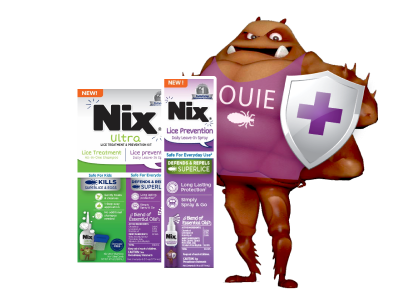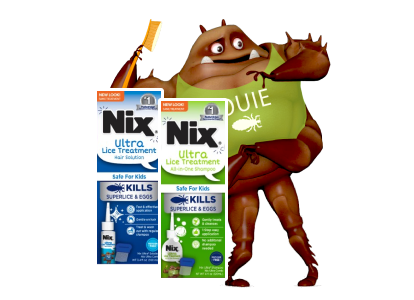
The Life Cycle of Lice: What You Need to Know
Why is the life cycle of lice important to know? Because understanding the life cycle of lice and lice eggs (nits) can help you, identify, treat and prevent lice in your kids and other family in your home.
How Long Do Lice Live?
Adult lice can live for about 30 days on a human head. In this time, female adult lice can lay 4 to 8 eggs per day, which can total over 200 new lice during their lifespan! With numbers like that, it’s easy to see why finding and treating lice as soon as possible is so crucial.
The nits—remember, these are the eggs—take about 8 to 9 to hatch. Once they hatch, they are in the nymph stage, which lasts about 9 to 12 days before they become adults. This means you have up to a week to find and remove the eggs before new lice join in, and up to one more week before they are old enough to start reproducing again.
How Long Do Lice Survive Off the Head?
Lice don’t jump or fly, but they can crawl and pass from person to person through contact of shared items such as personal items, bedding, cushions or car seats. However, if they do not get back on a scalp within one or two days, they will die because they can no longer feed. Lice feed on blood from the scalp and need to do so multiple times a day. So, the good news is that unless lice fall on another head or an item where they have easy access to crawl onto another head quickly, they are not likely to survive and continue reproducing.
If any nits fall off the head onto another part of the body, they usually die within a week because they can only survive and hatch when kept at the temperature that is found close to the human scalp.
What Do Lice Look Like at Different Stages of the Life Cycle?
Before you do a head check, you need to know what to look for. There are three different forms of head lice. They look different at each stage and can be very hard to see without some sort of magnification. Here is what to look for at each stage:
- Eggs/Nits – Look for oval-shaped lice eggs that are attached to the hair shaft close to the scalp and do not move. They are about as tiny as a knot in a piece of thread and tend to be white, yellow or tan in color. It’s easy to mistake them for small dandruff flakes or scabs, so take your time and look closely. Nits usually take about 8 to 9 days before they hatch and become a nymph.
- Nymph – A nymph is an immature louse (singular of lice) that recently hatched from the nit. These immature lice are tiny and about the size of a pinhead but growing, and have a dull yellow shell that makes them slightly more visible than nits. It takes 9 to 12 days for a nymph to mature into an adult.
- Adult Lice – At the adult stage, lice are about the size of a sesame seed and are tan to grayish-white in color, darker than nymphs. On people with dark hair, adult lice may appear even darker. Each louse has 6 legs with claws, and female lice tend to be larger than males. An adult louse needs to feed on blood to survive and can live up to 30 days on a person’s head.
Need More Resources?
Hopefully, now you feel confident that you know what to look for when checking for lice. If not, we have more resources throughout our site, including info and images on identifying lice throughout their life cycle and answers to frequently asked questions.



